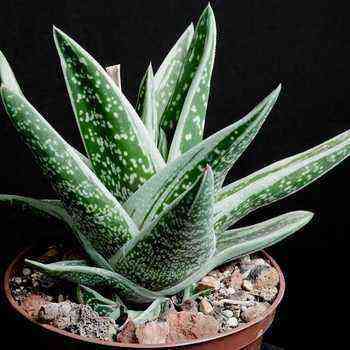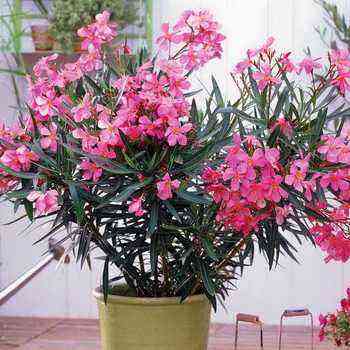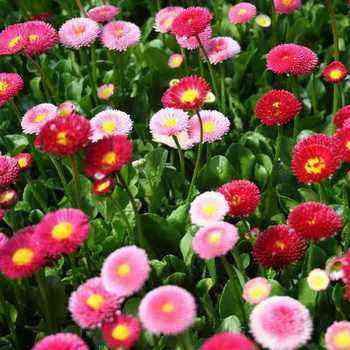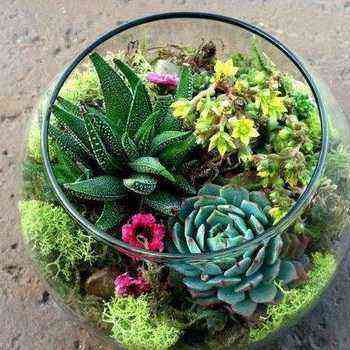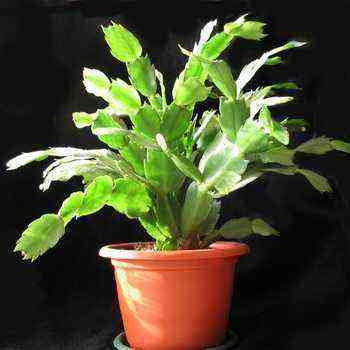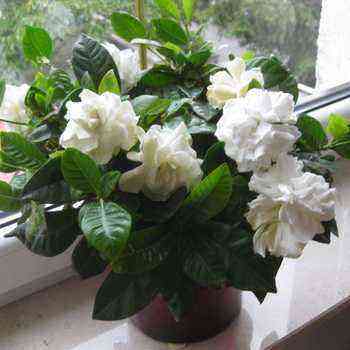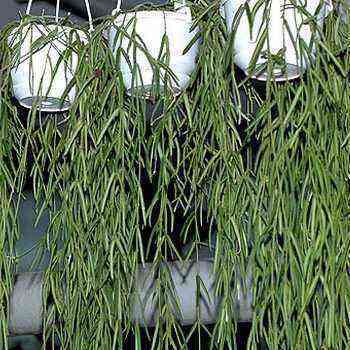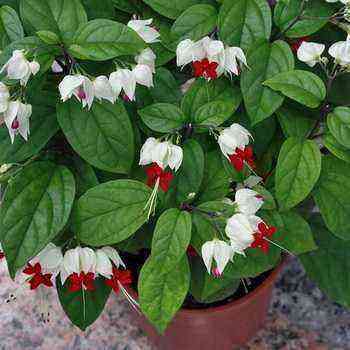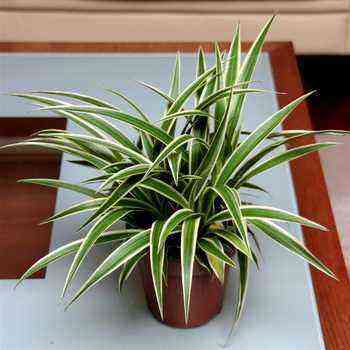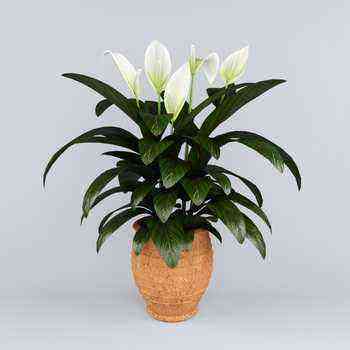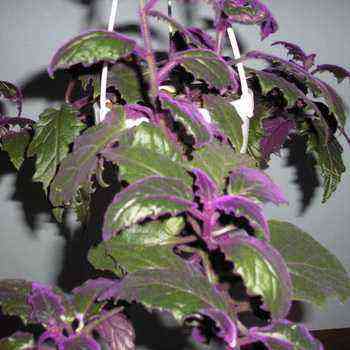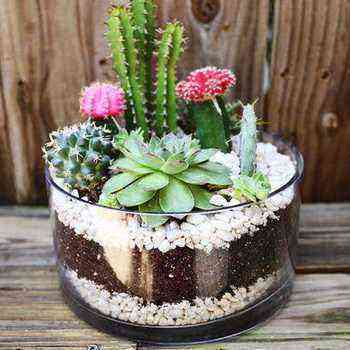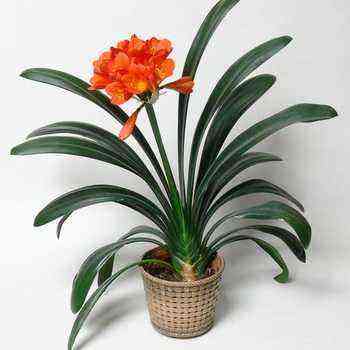
Rules and methods for watering cacti
Watering cacti at home is not easy. It is helpful to consider a few of the most general watering principles.
No succulent likes it when a stream of water hits its stem: wetting the earthen mixture, care must be taken that water does not fall on the cactus itself.
There are two main ways to water cacti: from above, into a pot, and from below, from a pallet. The latter method has several advantages: in pots, the substrate is not washed out and nutrients are not washed out so quickly from the earthen mixture; most of the suction roots are found in cacti in the lowest part of the root system – at the bottom of the pot, so the flow of water to this part of the earthen coma is justified, while wetting the thick main roots and the neck of the stem is not only useless, but also dangerous; and finally, watering from a pallet makes it much easier to care for a collection, especially a large one. This method also has disadvantages – the difficulty of individual care for individual cacti and the difficulty of controlling the amount of water that has entered the pot, but these difficulties are overcome with experience and through the use of simple substrate moisture meters.
When watering cacti in winter and summer from above, it is important that the entire clod is saturated with water. And therefore, another important principle: it is better to water once abundantly (so that the entire earthen lump is saturated with moisture) than to water part of it little by little (when water only wets the surface of the substrate in the pot). It should be remembered that water stays longer in larger pots and in a heavy (clay) soil mixture.
And how to water a cactus at home, taking into account the weather conditions? In dry hot weather, cacti are watered in the evening, on cooler days – in the morning.
Very good results are obtained by heating from the bottom, which is turned on after watering for the period as long as the substrate retains moisture.
How often should cacti be watered at home?
The vast majority of cacti are watered only during the growing season. Most of the species are in late spring – early summer and late summer – early autumn. Here it is necessary to briefly characterize the seasonal cycle of the bulk of cacti in European collections. In winter – a dormant period, from mid-spring – the beginning of the growing season, in the second half of summer – a short summer dormant period and a new growing season in late summer – early autumn. But there are groups of cacti and other succulents (primarily Aizoon), whose life cycles are fundamentally different, and this must be taken into account when caring for them.
Even knowing how to properly water cacti, keep in mind that flowering for many succulents does not coincide with the growth period! And here the problem arises: to water or not to water a plant that blooms during a dormant period, for example, in winter. Solving it, one must take into account a number of circumstances. A mature, strong plant can bloom normally without watering. But on a sunny day, when the air temperature rises significantly, it can be watered. A young or weakened specimen may not have enough strength for flowering without watering. It is safer to rearrange it in a warmer and brighter place (for example, in a greenhouse) and then water it. Or accept the fact that you will have to admire the flowering in the following years. You can more confidently water grafted plants during dormancy, and it is wiser to refrain from watering “difficult” or vulnerable ones.
But even during the growing season, cacti are watered carefully. The basic principle is that it is better to under-water than over-water. In cool, damp weather, watering is unnecessary, even if the earthen lump is completely dry (with the exception of seedlings and rooting plants). In dry hot weather, the earthen mixture should be constantly wet, but stagnation of water in a pot or sump should not be allowed. (Drip irrigation is close to optimal, but it is technically difficult, especially in indoor conditions.)
What water should be used for watering cacti?
Before watering a cactus, take care of the water quality. Chemically pure water is rare. Usually, however, it contains various mineral and organic products. Since cacti are transplanted relatively rarely, in a few years with watering, so many different substances can be introduced into the pot that they will completely change the quality of the substrate. There are many recipes for how to avoid this, but most of them involve a real chemical laboratory. And again, most even experienced cactus growers do not resort to such difficulties.
It is important to take into account that for irrigation, it is desirable to have as pure, soft water with a slightly acidic reaction as possible. It can be melted water, rain water, boiled water or just settled water. It is better if the temperature of the water for irrigation is several degrees higher than the air temperature.
It is useful to spray all cacti with warm (30-50 ° C) water. It is important that the sprayer emits the smallest splashes. Large drops falling on the stem of the plant can damage it. In hot weather, spraying is carried out in the evening; in winter – a warm sunny day. As a rule, the air-droplet jet should not be directed at the plants, but over them. The exception is the stems of epiphytic cacti and flat-stemmed prickly pears. Most epiphytic cacti can be washed under a stream of warm water and wiped with a damp swab.
Now you know how to water a cactus, which means you can provide your succulent with decent care.






